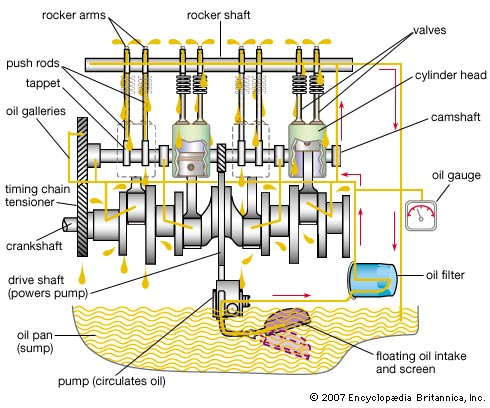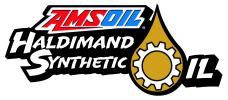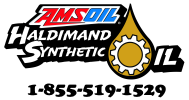
Functions of Engine Oil
The following section is provided for general information. If engine oil is to perform adequately, it must perform the following functions:
Lubrication
The primary function of the engine oil is to lubricate moving parts. The oil forms a hydrodynamic film between metal surfaces, preventing metal-to-metal contact and reducing friction. When the oil film is not sufficient to prevent metal-to-metal contact, the following occurs:
- Heat is generated through friction
- Local welding occurs
- Metal transfer results in scuffing or seizing
Extreme Pressure Wear Control
Modern lubricants contain Extreme Pressure (EP) anti-wear additives. These additives form a chemically bonded molecular film on the metal surfaces at high pressures to prevent direct contact and wear when the load on the parts is high enough to eliminate the hydrodynamic oil film.
Cleaning
Oil acts as a cleaning agent in the engine by flushing contaminants from critical components. Sludge, varnish, and oxidation buildup on the pistons, rings, valve stems, and seals will lead to severe engine damage if not controlled by the oil. Oil formulated with the optimal additives will hold these contaminants in suspension until they are removed by the oil filtration system or during the course of an oil change.
Protection
Oil provides a protective barrier, isolating non-like metals to prevent corrosion. Corrosion, like wear, results in the removal of metal from engine parts. Corrosion works like a slow acting wear mechanism.
Cooling
Engines require the cooling of internal components that the primary cooling system can not provide. The lubricating oil provides an excellent heat transfer medium. Heat is transferred to the oil through contact with various components, which is then transferred to the sump or in other cases the primary cooling system at the oil cooler.
Sealing
Oil acts as a combustion seal filling the uneven surfaces of the cylinder liner, piston, valve stem, and other internal engine components.
Shock-Damping
The oil film between contacting surfaces provides cushioning and shock-damping. The damping effect is essential to highly loaded areas such as the bearings, pistons, connecting rods, and the gear train.
Hydraulic Action
Oil acts as a working hydraulic media within the engine. Examples of this are the use of oil to operate engine hydraulic valve lifters and STC injector tappets.
Oil Additives
Lubricating oil is formulated with additives designed to combat specific contaminants throughout its usable life. The additives used are more important to overall engine performance than the oil itself. Without additives, even the highest quality oil will not be able to satisfy engine requirements.





 Canada
Canada United States
United States